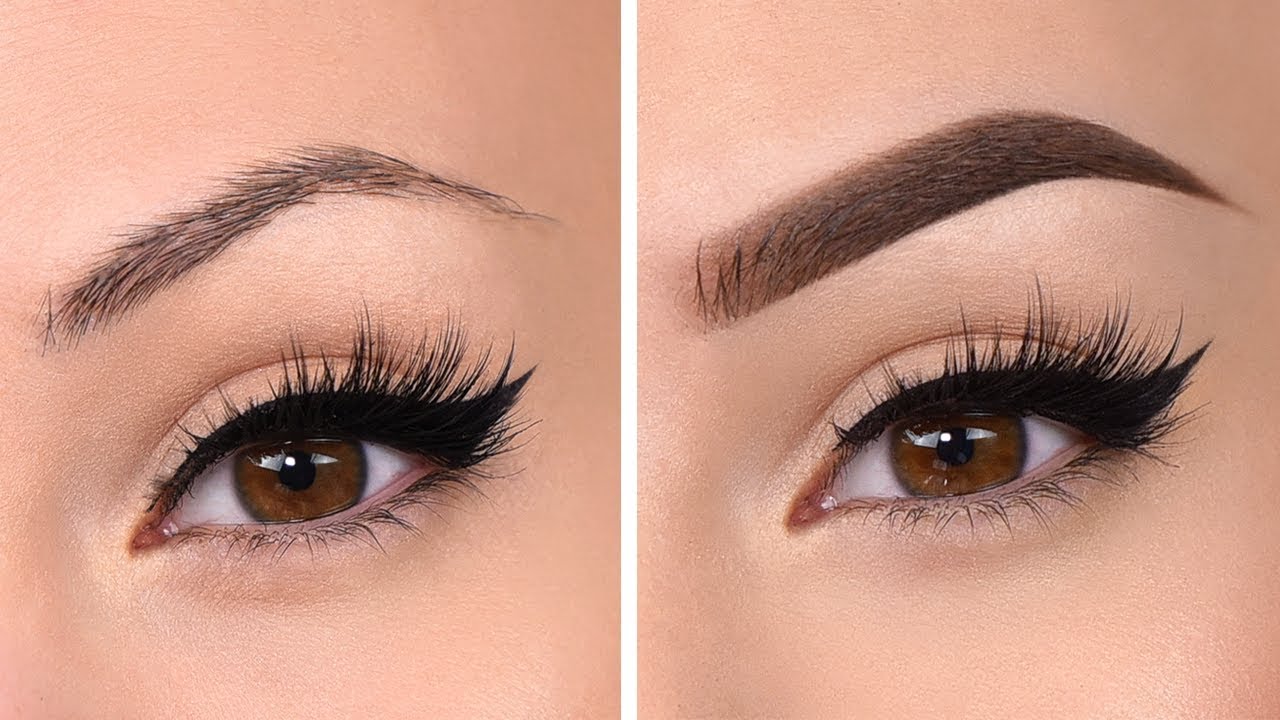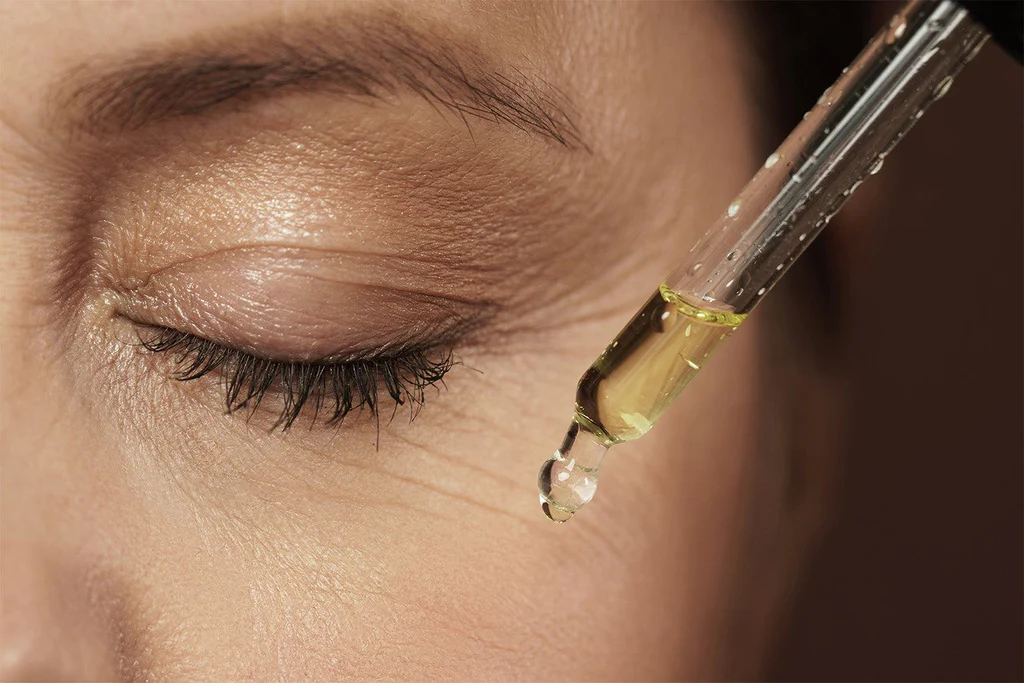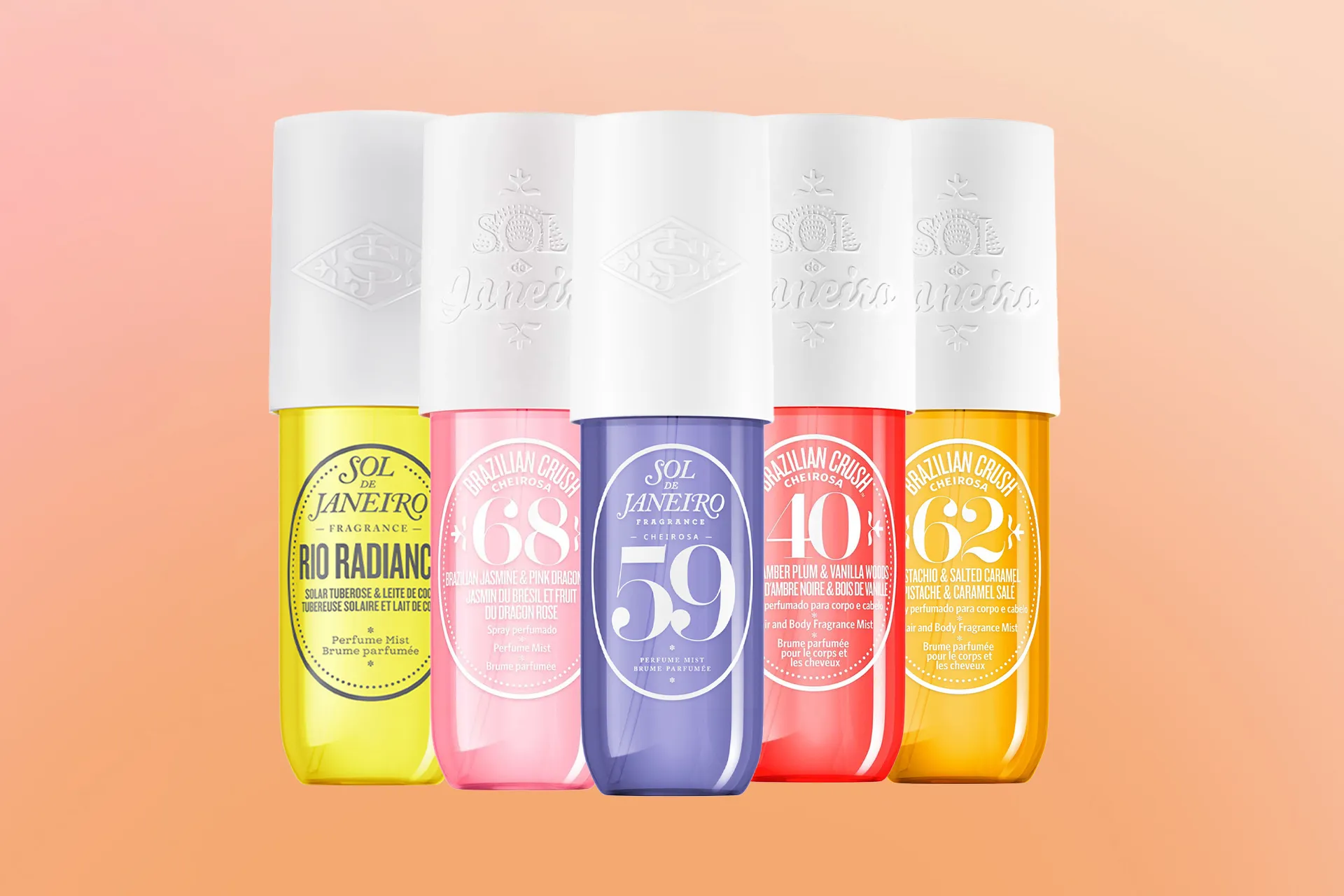
 By
Your Beauty Plug
By
Your Beauty Plug
Dermaplaning is a popular cosmetic procedure that involves shaving off the top layer of your skin with a special blade. It can improve the appearance and texture of your skin, as well as remove unwanted facial hair. But what exactly is dermaplaning, how does it work, and what are the pros and cons of this treatment? In this blog post, we will answer these questions and more.
Dermaplaning is a minimally invasive skin treatment that uses a sterile scalpel or razor to gently scrape off the dead skin cells and fine hairs (also known as peach fuzz) from your face. The procedure aims to reveal a smoother, brighter, and more even complexion. Dermaplaning can also help reduce the appearance of acne scars, fine lines, wrinkles, sun damage, and other skin imperfections.
Dermaplaning is usually performed by a trained professional, such as a dermatologist, plastic surgeon, or cosmetologist. The procedure takes about 30 minutes and does not require any anesthesia or downtime. You can resume your normal activities right after the treatment.
Dermaplaning works by exfoliating the top layer of your skin, which consists of dead skin cells, dirt, oil, and hair. By removing this layer, dermaplaning can improve the absorption and effectiveness of your skincare products, as well as enhance the results of other cosmetic treatments, such as chemical peels or microdermabrasion.
Dermaplaning can also stimulate the production of new skin cells and collagen, which can improve the elasticity and firmness of your skin. Collagen is a protein that gives your skin its structure and strength. As you age, your collagen levels decrease, leading to sagging and wrinkling of your skin. Dermaplaning can help boost your collagen levels and restore your skin’s youthful appearance.
Dermaplaning has many benefits for your skin, such as:
Dermaplaning is generally a safe and well-tolerated procedure, with minimal risks and side effects. However, some possible side effects of dermaplaning include:
These side effects are usually mild and temporary, and can be prevented or treated by following the proper aftercare instructions from your provider. You should also avoid sun exposure, use sunscreen, and moisturize your skin regularly after dermaplaning.
Dermaplaning is suitable for most skin types and anyone who wants to improve the appearance and health of their skin. However, dermaplaning may not be recommended for people who have:
If you have any of these conditions, you should consult with your provider before getting dermaplaning. Your provider may suggest an alternative treatment that is more suitable for your skin.
Dermaplaning is not a permanent solution for your skin concerns, as your skin will continue to produce new cells and hair. The results of dermaplaning typically last for about three to four weeks, depending on your skin type and hair growth cycle. To maintain the benefits of dermaplaning, you should get the procedure done every four to six weeks, or as recommended by your provider.
You should also avoid shaving, waxing, threading, or plucking your facial hair between dermaplaning sessions, as this can irritate your skin and interfere with the results of the treatment.
Here are some frequently asked questions about dermaplaning:




